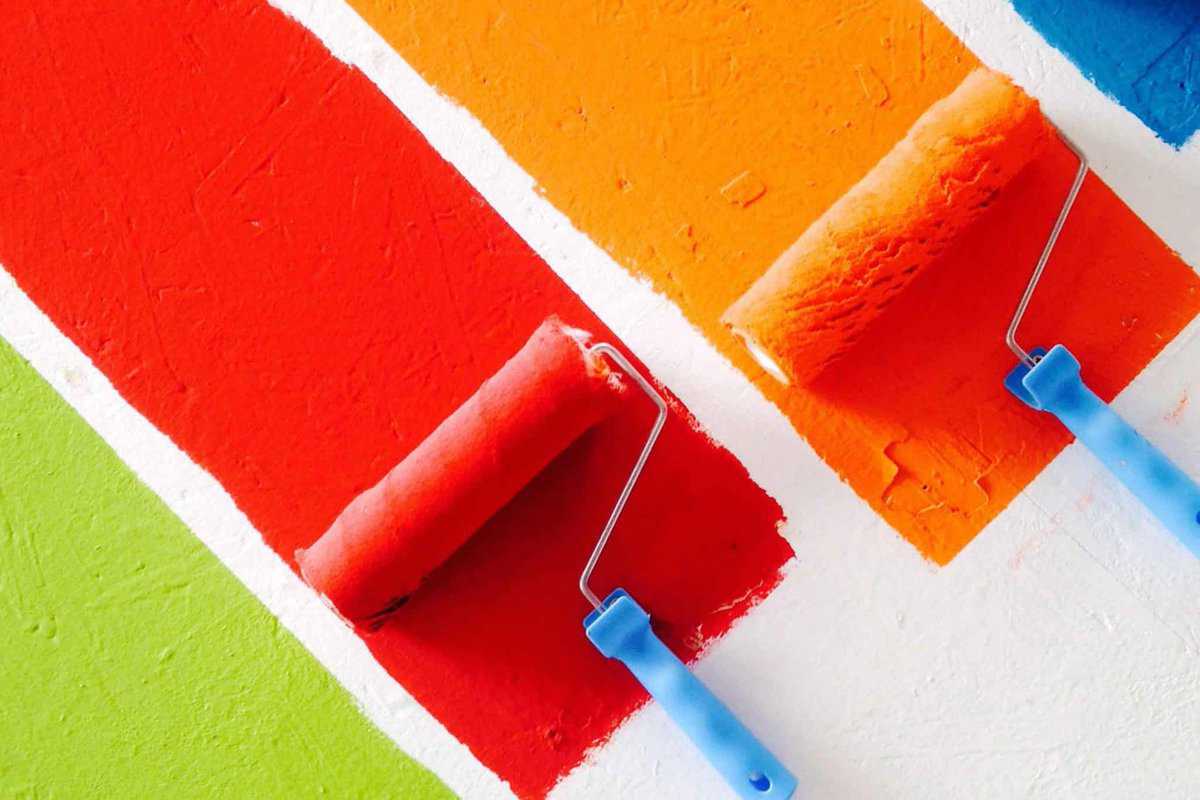DesignOps is a collective term that refers to the set-up of operations using people, key elements and working processes to enhance the value and delivery of your design systems.
It is a way to evaluate and address design-related challenges such as:
- Creating efficient and productive workflows
- Sourcing people with the right skillset
- Growing and strengthening your design teams
- Improving the quality and value of design outputs
Effectively, DesignOps is the focus on the structure of your processes to support your design team and enhance their ability to deliver consistent, high-quality designs.
User experience (UX) professionals rely on the design team to figure out and deliver exactly what they need for them to create the very best user experience. With organisations now realising the hidden value of design on the ROI of UX, they are putting increasing pressure on their UX teams and design teams to deliver results.
But at the core of every procedure sits your DesignOps so you need to make sure that your design team can efficiently handle the extra demand and expectations coming from above to enhance ROI and UX.
Defining your DesignOps
Essentially, DesignOps applies to anyone within your business that uses user-centred and design-thinking procedures as part of their job. So while you may have staff working in your business framework with specific job titles and areas of expertise, if they use any type of design that contributes to the end-user experience, then DesignOps matters to them. This can include:
- Communications and marketing designers
- Content strategists
- Service designers
- User researchers
- UX designers
- Visual creative graphic designers
No matter how many different teams you have, they will need to work and interact with other teams in a synchronised way to prevent fragmented results that don’t tally with each other. For this reason, you need to focus on your DesignOps to make sure everyone understands each teams contributions and are working from the same page.
Creating your DesignOps menu
There are a lot of components within your DesignOps and you need to select the elements that meet your needs while at the same time disregard others so that you can streamline your DesignOps to make them as efficient and effective as possible.
Your chosen DesignOps will be vastly different from those used by another organisation and will be very much tailored to your available resources and the skills of your design teams.
To keep things as simple to manage as possible, it helps to start with three key areas:
- How will we work together?
- How will we get our work completed?
- How does our work create an impact?

Define how your teams will work together
Deciding how you will work together is the first step. Here you will choose the structure for your team and add the right staff members to create your team.
Your DesignOps for working together will include, designing an organisational structure for your design teams, ensuring that your teams contain the right set of skills to complete your teams without the team lacking anything.
You should also define the role of your individual designers within each team so they know which link of the chain they make up. This will encourage productive collaboration and avoid duplicated work and team conflicts.
Design workflow to get work completed
Your DesignOps for getting work done should define what processes and toolsets you will use. This will encourage consistency and smooth progress and each element will be compatible with the next.
Your DesignOps could include:
- Building an in-depth resource of user-research data that is accessible to your teams
- Creating a defined procedure for documenting your design process from creation through to testing and delivery
- Creating, managing and scaling design systems to create efficient practices for your designers
- Defining critical design activities within your design process
- Selecting and applying the use of a dedicated set of design tools and technology stacks to enable effective collaboration
- Using a digital sharing platform where designers can share templates and design assets with team members
Defining how your work creates impact
Your DesignOps doesn’t just apply to the actual designing and making of your product or service. It also applies to how your work impacts on your in-house staff.
As you onboard new staff members and expand your teams, you will need to educate them on the value and role that design plays in your company. You should create a consistent message that can be proactively shared with all in-house teams, outsourced teams and design partners.
Your DesignOps should include how to measure the impact of your work and how you can design the right message and communication pathways to reach all of your teams.
Your DesignOps will help you think about how you are going to:
- Measure your design quality
- Capture and share positive results of your user-centred design processes
- Give recognition to teams that apply best practice DesignOps to their work
- Educate staff outside of your design team on how to use your design tools and processes
- Create skills training opportunities for staff to better understand and use the resources available to them
Organising your DesignOps practices
Before you can create your DesignOps components, you need to recognise that it’s an impossible task for just one person to do alone. It can be difficult for a single team to manage this too because there will be an element of confirmation bias and priority given to their own components over the needs of other teams.
It makes sense to organise some internal research to get more wide-ranging views and input from a sizeable cross-section of your company. You can do this through conducting surveys, interviews, Q&A sessions and forming a steering group with members representing your different, yet interconnected teams.
This way you can identify and find a solution for your major pain-points and identify weaknesses to address to create a stronger working infrastructure for your teams.
DesignOps can work at the company level and project-based-level. So if you are just getting started with DesignOps it can help to start by implementing them into your projects. Eventually, the new changes will be adopted across your whole design culture, allowing you to smoothly integrate your DesignOps into your company structure.

